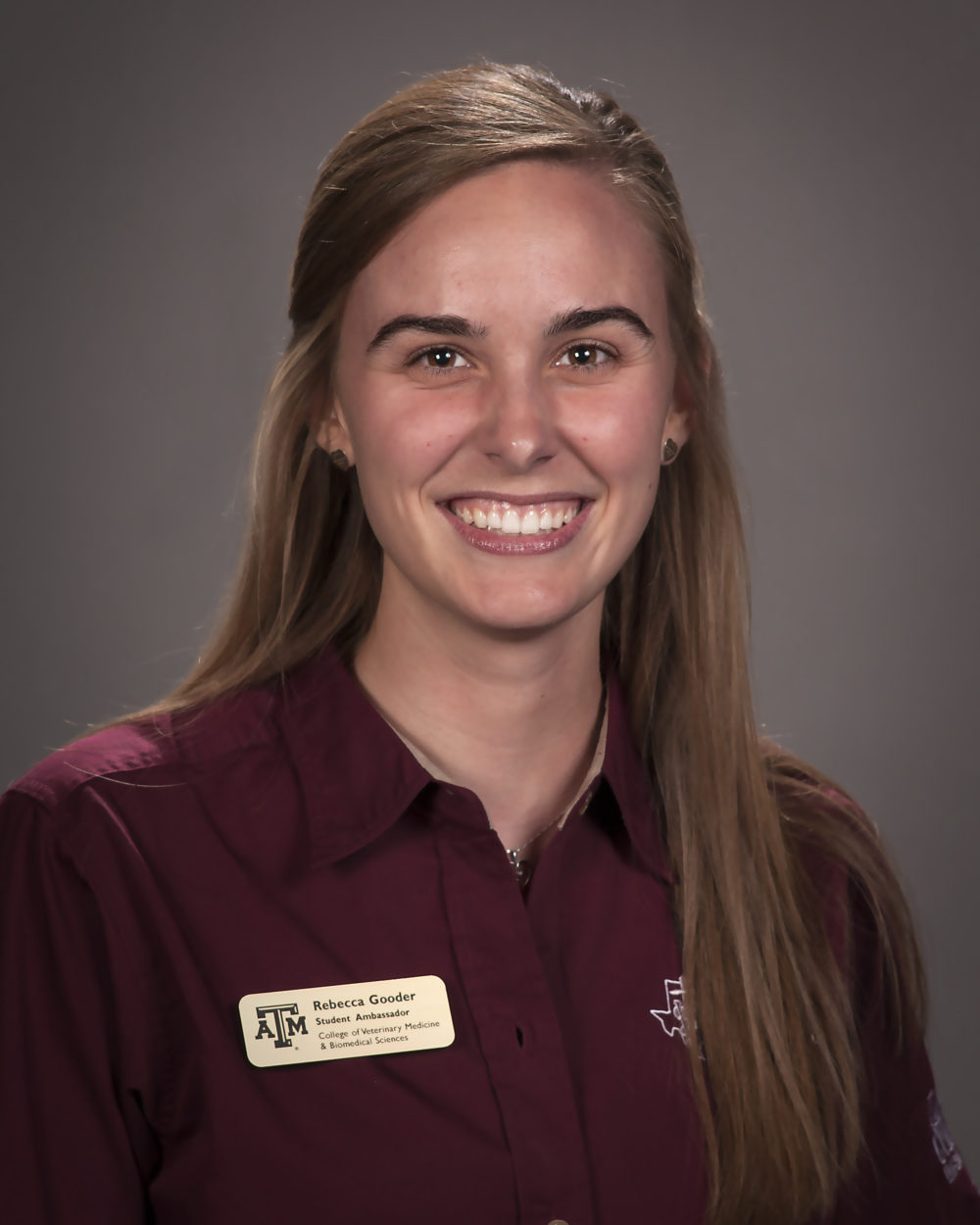 The spring semester of our 2VM (second-year veterinary student) year is officially upon us, and, boy, do we have a packed schedule: “Anesthesia/General Surgery,” “Infectious Diseases,” “Introduction to Diagnostic Imaging,” “Pathology II,” “Pharmacology II,” “Public Health,” and “Toxicology!”
The spring semester of our 2VM (second-year veterinary student) year is officially upon us, and, boy, do we have a packed schedule: “Anesthesia/General Surgery,” “Infectious Diseases,” “Introduction to Diagnostic Imaging,” “Pathology II,” “Pharmacology II,” “Public Health,” and “Toxicology!”
Here are some things that I have found work well for me in staying motivated through a busy semester. Maybe they can help you tackle your semester, as well!
- Study in a new or different location! Some days I find that I am most productive in the study rooms in VIDI. Other times, I focus best while sitting at my desk at home. And sometimes, I study most effectively in the midst of a bustling coffee shop. Sometimes, you just have to switch it up; a change of scenery may be all you need to get back on track!
- Acknowledge how far you have come! 2VMs are already 3/8ths of the way toward earning our DVM degrees, which is absolutely wild to think about. We’ve had the strength, courage, and motivation to make it this far in our educational careers…surely we can keep going!
- Take breaks! When I wake up on a Sunday morning and tell myself that I am going to study all day long, it never fails that at one point or another during the afternoon, I will lose my focus. Studying for just a few hours at a time, however, interrupted by a 20- or 30-minute well-deserved study break, works wonders for my productivity and overall motivation!
- Look forward to White Coat Ceremony!!! April 13 is going to be here before we know it! All of my family will be flying out to College Station (some of them for the very first time!) from California, and I have no doubt that this excitement will carry me through the most stressful of times and help keep me motivated and pressing on this semester. Find something exciting you have coming up in your life and make a countdown
- Look forward to your summer plans! I will be spending my summer externing at two different dairy practices in California, and I am already so excited. The opportunity to utilize the knowledge I’ve gained in school and apply it to real-world situations on a dairy farm is reason enough for me to stay motivated and keep a positive attitude throughout the semester!
- Stay organized! Writing in my planner has become quite a hobby of mine. I can conveniently write down assignment due dates, upcoming exams, etc., all in one convenient spot. Seeing everything neatly written down and organized into different days makes me realize that there is, indeed, enough time to accomplish everything, thus preventing me from becoming overwhelmed. You cannot stay motivated if you are overwhelmed!
- Set reasonable goals! Rather than saying I am going to review all of the lecture material since our previous exam in a day, I split it up—for example, a half hour for each lecture. There is something satisfying about being able to check off a box on a to-do study list, and that keeps me motivated to keep at it!
Happy spring semester everyone! 🙂

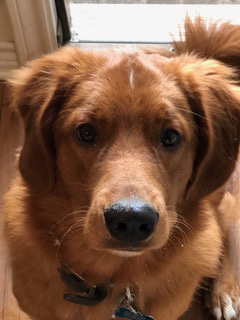 Being from Texas there is nothing as exciting as some sort of winter weather. “Snow days” are something that we long for, covet, and store in our memory for as long as possible. You can ask any Texan and they can probably tell you the exact date of the last time there was snow in Texas. We’re constantly mocked by our non-Texan relatives in the North, as well as by the stories of walking both ways to school, up-hill, in 20 feet of snow, while Texas completely shuts down at the mere idea of ice falling from the sky.
Being from Texas there is nothing as exciting as some sort of winter weather. “Snow days” are something that we long for, covet, and store in our memory for as long as possible. You can ask any Texan and they can probably tell you the exact date of the last time there was snow in Texas. We’re constantly mocked by our non-Texan relatives in the North, as well as by the stories of walking both ways to school, up-hill, in 20 feet of snow, while Texas completely shuts down at the mere idea of ice falling from the sky. As the new curriculum is implemented here at Texas A&M’s College of Veterinary Medicine, more and more courses are designed to be fully clinically relevant. For the students, this means we get to play doctor from day one, as overwhelming as that may be. Here are some examples of what my fellow second-year veterinary students and I have seen among some of our classes this semester.
As the new curriculum is implemented here at Texas A&M’s College of Veterinary Medicine, more and more courses are designed to be fully clinically relevant. For the students, this means we get to play doctor from day one, as overwhelming as that may be. Here are some examples of what my fellow second-year veterinary students and I have seen among some of our classes this semester.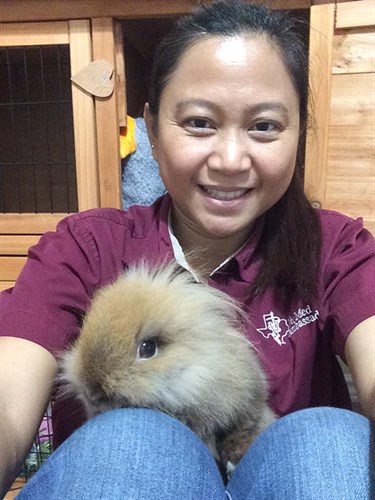
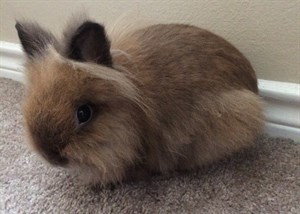 Lesson No. 1 for a rabbit owner is to learn to check the rabbit teeth regularly, because rabbit teeth never stop growing. Therefore, it is easier to get malocclusion, especially when a rabbit does not get the appropriate diet (hay, pellet food, or vegetables). Joujou Nibble goes to the Zoo and Exotic service at the Texas A&M Small Animal Teaching Hospital to get his teeth trimmed. When I first got him, the Zoo and Exotic service kept Joujou Nibble for a couple days while I got his hutch, timothy hay, oat hay, pellets food, bedding, hay rack, toys, litter box, and rabbit igloo (because rabbits like to hide). It was fun to get my house ready for the rabbit.
Lesson No. 1 for a rabbit owner is to learn to check the rabbit teeth regularly, because rabbit teeth never stop growing. Therefore, it is easier to get malocclusion, especially when a rabbit does not get the appropriate diet (hay, pellet food, or vegetables). Joujou Nibble goes to the Zoo and Exotic service at the Texas A&M Small Animal Teaching Hospital to get his teeth trimmed. When I first got him, the Zoo and Exotic service kept Joujou Nibble for a couple days while I got his hutch, timothy hay, oat hay, pellets food, bedding, hay rack, toys, litter box, and rabbit igloo (because rabbits like to hide). It was fun to get my house ready for the rabbit.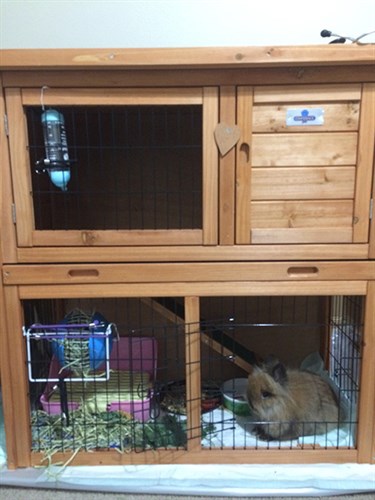
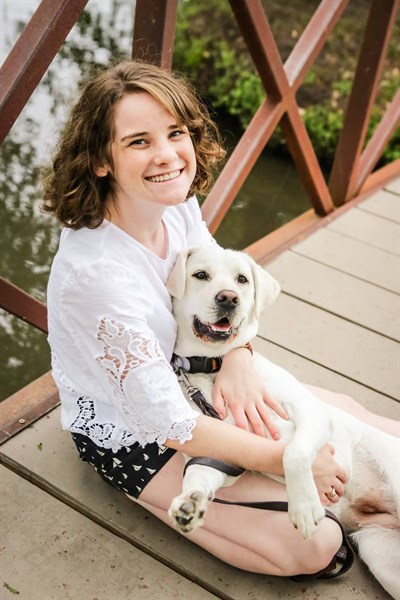
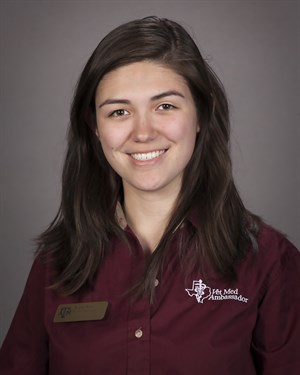 There are less than 20 days left of the semester! Hallelujah! The 2VM class has had a countdown since the middle of October, and I already have plans to become a permanent resident of my bed for at least a week when I get home. Maybe I’ll venture out to chat with my mom over brunch, mindlessly watch “Top Gun” with my dad for the 100th time, and bribe my brothers to go to the movies with me.
There are less than 20 days left of the semester! Hallelujah! The 2VM class has had a countdown since the middle of October, and I already have plans to become a permanent resident of my bed for at least a week when I get home. Maybe I’ll venture out to chat with my mom over brunch, mindlessly watch “Top Gun” with my dad for the 100th time, and bribe my brothers to go to the movies with me.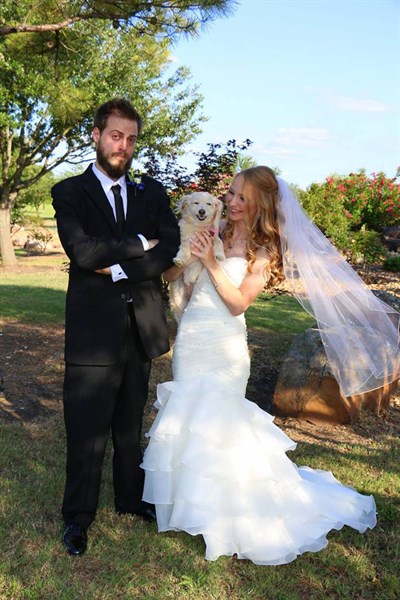
 I feel that as I’ve gotten older, time has gone by much quicker. Days pass by in what feels like minutes, months fly by in hours, and years fly by in weeks. Throughout high school and even into college, I felt that I didn’t appreciate the time as it was happening; it felt like I was just focusing test to test, one event to the next, but I didn’t appreciate the things that were happening every day. Now that I’m in veterinary school, I’m trying to change that mindset, to not look at a professor’s material as “boring” just because it isn’t the subject matter that I’m interested in, to not complain about waking up early or staying up late, but to enjoy where I’m at. I feel that I’m fortunate to be here and to complain about the little things doesn’t allow me to be appreciative of the opportunities I have been given.
I feel that as I’ve gotten older, time has gone by much quicker. Days pass by in what feels like minutes, months fly by in hours, and years fly by in weeks. Throughout high school and even into college, I felt that I didn’t appreciate the time as it was happening; it felt like I was just focusing test to test, one event to the next, but I didn’t appreciate the things that were happening every day. Now that I’m in veterinary school, I’m trying to change that mindset, to not look at a professor’s material as “boring” just because it isn’t the subject matter that I’m interested in, to not complain about waking up early or staying up late, but to enjoy where I’m at. I feel that I’m fortunate to be here and to complain about the little things doesn’t allow me to be appreciative of the opportunities I have been given.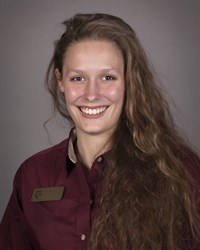 As a second-year veterinary student, it is sometimes very easy to forget that there are things outside of charts, notes, and endless PowerPoint slides. But, recently, I was reminded of the other learning opportunities we have here at the Texas A&M College of Veterinary Medicine. One of those many fun and inspiring aspects of our professional program is the chance to head over the
As a second-year veterinary student, it is sometimes very easy to forget that there are things outside of charts, notes, and endless PowerPoint slides. But, recently, I was reminded of the other learning opportunities we have here at the Texas A&M College of Veterinary Medicine. One of those many fun and inspiring aspects of our professional program is the chance to head over the